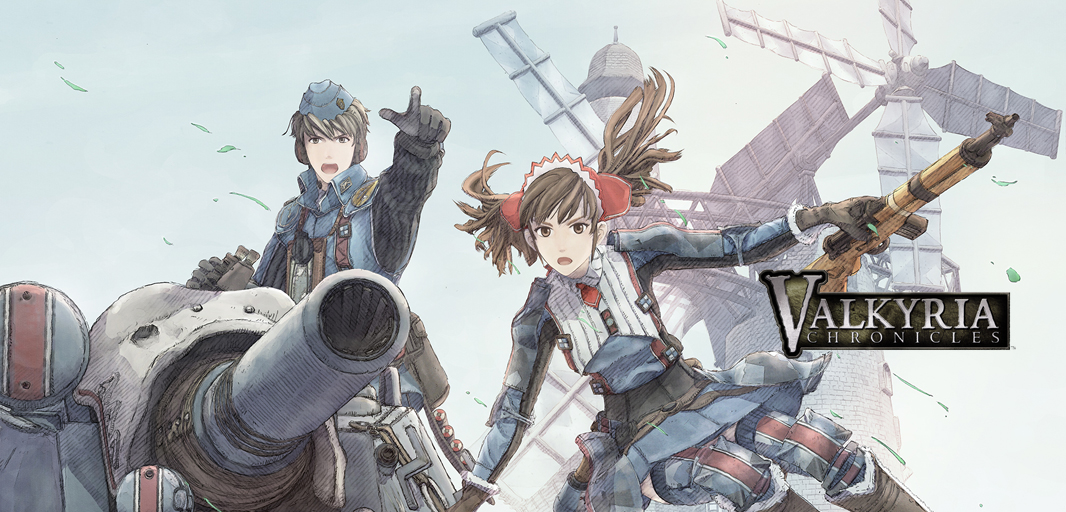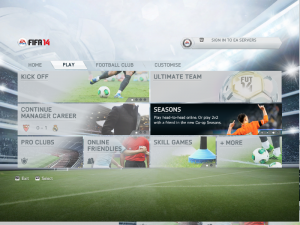Game: Dota 2
About Game:
A strategy multiplayer online battle arena involving two teams of each 5 players with each team occupying a corner of the map. The goal of the game is to destroy the Ancient of opponent team, a building inside the base of the team. Each player controls a “Hero” character and focuses on levelling up, collecting gold and buying items to be stronger when meeting enemy’s Hero.
Game Website: http://blog.dota2.com/
Game Demo: https://www.youtube.com/watch?v=UF_xkp_VCMU
My Analysis:
When I play Dota 2, it feels a lot like playing a sport. There is constantly a lurking fear of losing. I also question my randomly assigned teammates for their ability to play, because the success of destroying enemy’s Ancient depends on team work.
- Lens of Elemental Tetrad
Dota 2 has low computer specification requirement. The game put less importance on technology. It also generally ignores story, as Heroes have their background story which is irrelevant in the game and was carried over from the original Dota game. Both mechanics and aesthetics are important in Dota 2. The gameplay mechanics of Dota and Dota 2 are the same, but their visuals make the difference. That is what attracts me to play Dota 2. Dota 2 also offers much visual customisability which offers personalisation of the game display. Mechanic has the utmost importance in Dota 2 because the game needs to have all Heroes to be on the same playing level; one may have advantage over another, but there could not be one that can always win the game. As such, the game is always updated with refinement of skills, items and “Heroes” property (like strength, defence, etc.) scale.
- Lens of Cooperation
To win a game, teamwork is crucial. If teammates don’t cooperate accordingly, an easily winnable game could turn around. I think this is an important element of the game as it makes the game more exciting with different Heroes’ skill combo. My experience with cooperation on public game is not so good. This is because on player pooling for a game, I will get people of my level, i.e. noobs. Most of the time, there will be one or two noobs trying to lead the team when they don’t know what they are doing. Since I play support Hero most of the time – i.e. the sidekick, I can only follow those killing Hero. That’s why I prefer playing with some friends on my team as it is easier to communicate who should do what.
- Lens of Economy
While it does not look so, Dota 2 incorporates economy deeply in the game. This is because gold in the game can be spent on items which make a Hero stronger. Different items may affect the game differently; some improves solo fight while others team fight. A different situation would call for a different action to take and different items to buy. This makes the game very interesting to me because you can see people thinking differently on which items to buy or which action to take even if their situation is similar. I usually buys same items since I am less adaptive to different gameplays, so I play it safe.
- Lens of Friendship
I have friends who play Dota 2 as well. The game often becomes a topic in our conversation, e.g. the professional competitive scene, as well as in our jokes.
- Lens of Skill
Skill plays an important role in Dota 2. You need to be able to calculate and judge quickly whether you can score a kill if you meet an enemy – even if you leave the battle with 1 HP – or you will be killed. However, this is also affected by luck since sometimes a Hero’s skill may trigger multiple times. As such, your judgement skill will be refined if you keep playing the game. This adds dynamicity in the game as you may pull out some moves that makes the enemy taken aback. I would support the idea of skill, because this means you need constant effort in playing the game so that you have more experience to play better for the next games. Although, I hate this lens a little since this means when I stop playing for some time, I can’t play as good when I start playing again.
Analysis on a friend playing the game:
As a background, my friend is a veteran player as compared to me who is new to the whole scene.
- Lens of Elemental Tetrad
My friend cares less on aesthetics since he is used to playing the original Dota which has same mechanics but less attractive visuals. He focuses on the mechanics, especially in knowing whether his hero can outperform enemy’s hero without breaking a sweat.
- Lens of Cooperation
He supports cooperation in the game, but much less than how I advise good cooperation. He practices so much such that he can win battles alone with no support from his teammates.
- Lens of Economy
My friend, being a veteran, enjoys the economy side of Dota 2. He rarely buys same items in sequence throughout a game, even with same character. He judges how much he can earn for the next few minutes and decide what items to buy.
- Lens of Friendship
He is one of my friends who play Dota 2 and follows the professional scene deeply. He has the same view as me in regarding Dota 2 as a bonding game.
- Lens of Skill
My friend is very skilful in Dota 2. Compared to me, it would like level 1 compared to level 50, at least. He enjoys this very much, as he plays the game every day. This is along with Dota 2’s main idea: easy to learn, hard to master. This creates a difference when we play. For example, I would always hesitate whether I should engage the enemy or not when he is on sight. My friend would judge straightaway whether he will engage or not, or worse, if he should run away since the enemy team might just be around the corner.
Comparison
- Lens of Elemental Tetrad
I am more attracted to the graphics while my friend is more attracted to the mechanics. This also means that the game maker would make more money out of me because Dota 2’s business is on sale of cosmetics in the game, e.g. a new mask for your Hero, a different courier model, etc.
- Lens of Cooperation
While both of us are in support of cooperation in the game, the extent differs. I am a new player so I rely very much on cooperation with more skilled players to win. On the other hand, my friend is that skilled player who win the game, requiring assistance to ensure there is a backup in battles.
- Lens of Economy
Both my friend and I likes the economic side of Dota 2. The difference is that I follow normal, recommended items build, i.e. buy A then B. My friend has more experience on what to buy, so he would determine what to buy depending on the situation, e.g. he will not buy both A and B, but he buys C instead since he is rich and the enemy team is losing.
- Lens of Friendship
We are buddies. Dota 2 is one glue out of many.
- Lens of Skill
Our skills differ greatly, like heaven and earth. But both of us like the idea that the game requires skill. This is because improving your skill becomes one objective of a game, even if we lose the game. The difference is that my friend is a hard-core Dota 2 player which play to win, while for me, I play for entertainment and to be social. It’s like there are those who play soccer every day and there are those who follow soccer matches and play sometimes. As such, lens of skill comes differently. I look at matches to see how people play well and try to imitate them if I decide to play. My friend knows how to play, so when he watches a game, he can comment whether the player made a good decision or not.
Overall, comparing me and my friend, I can say these things about Dota 2:
- Not everyone are attracted to play Dota 2 because of the visuals. A reason could be Dota 2 is developed by a company while the original Dota was a user mod, thus people prefers Dota 2 as it is more likely to get updates than a user mod.
- Economy and cooperation add dynamic to Dota 2, making each game unique to its own.
- Dota 2 equals to good bonding session.
- Dota 2 is a lot like a sport; you need to spend time on it to be good at it. While this is not exactly addiction, it makes players to continue playing as they don’t want their skills to rust. This is an interesting aspect of the game, that is, to make people coming back to the game without making it outwardly addictive.

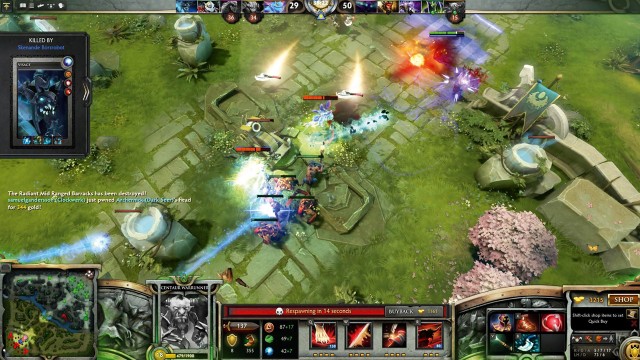
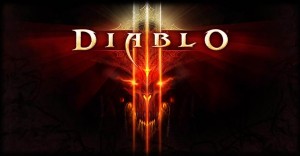
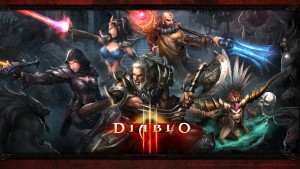
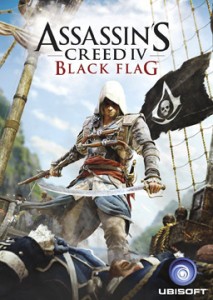
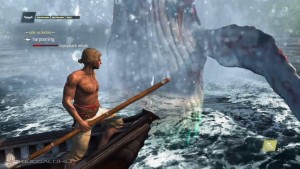
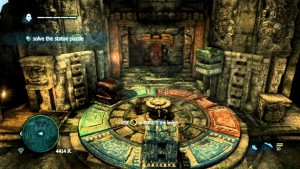
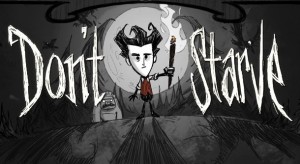
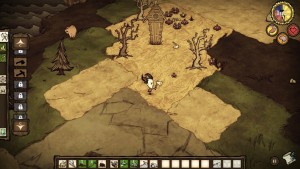
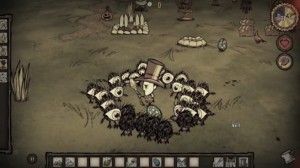
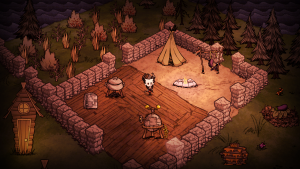
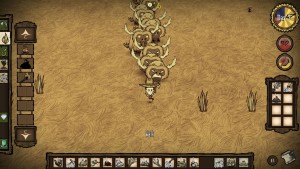



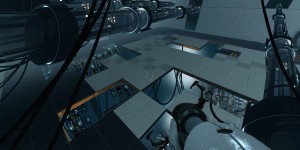
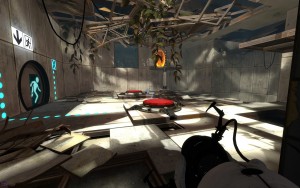

 Buggy animation
Buggy animation




